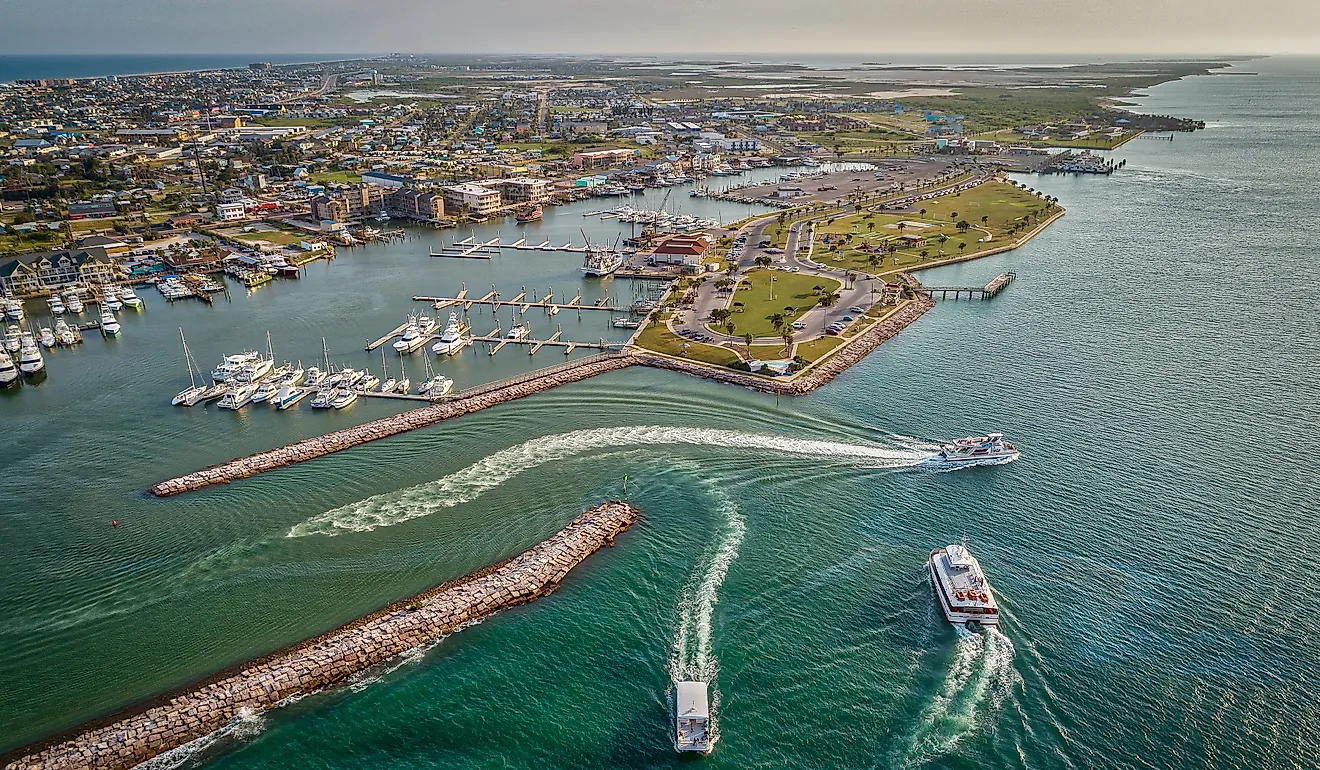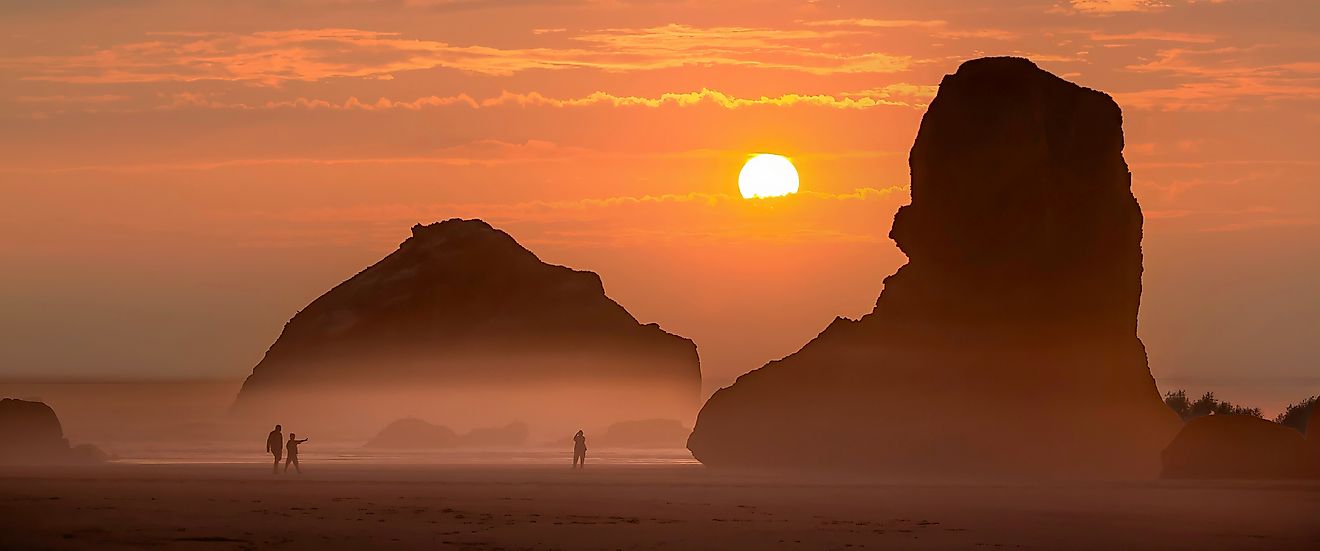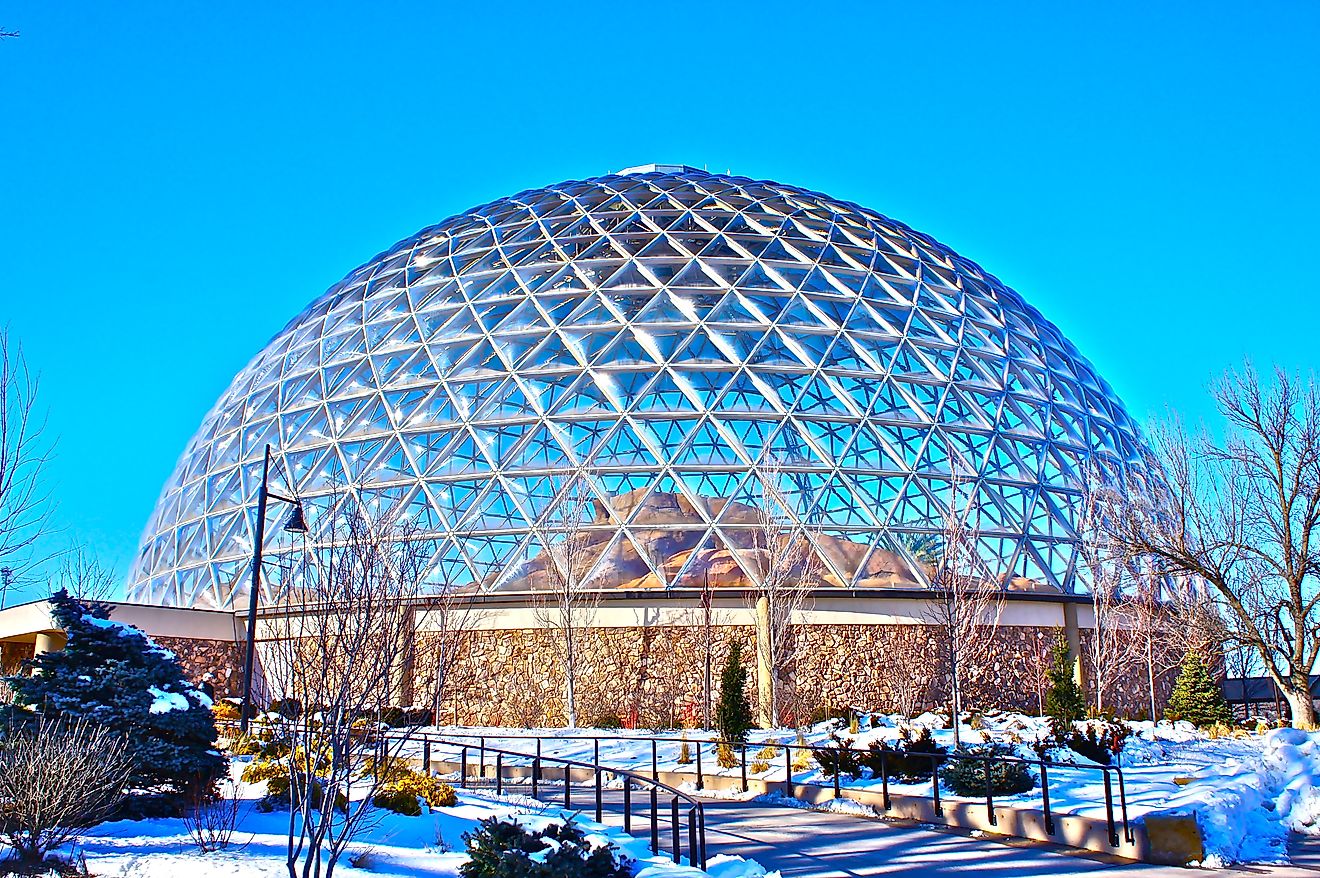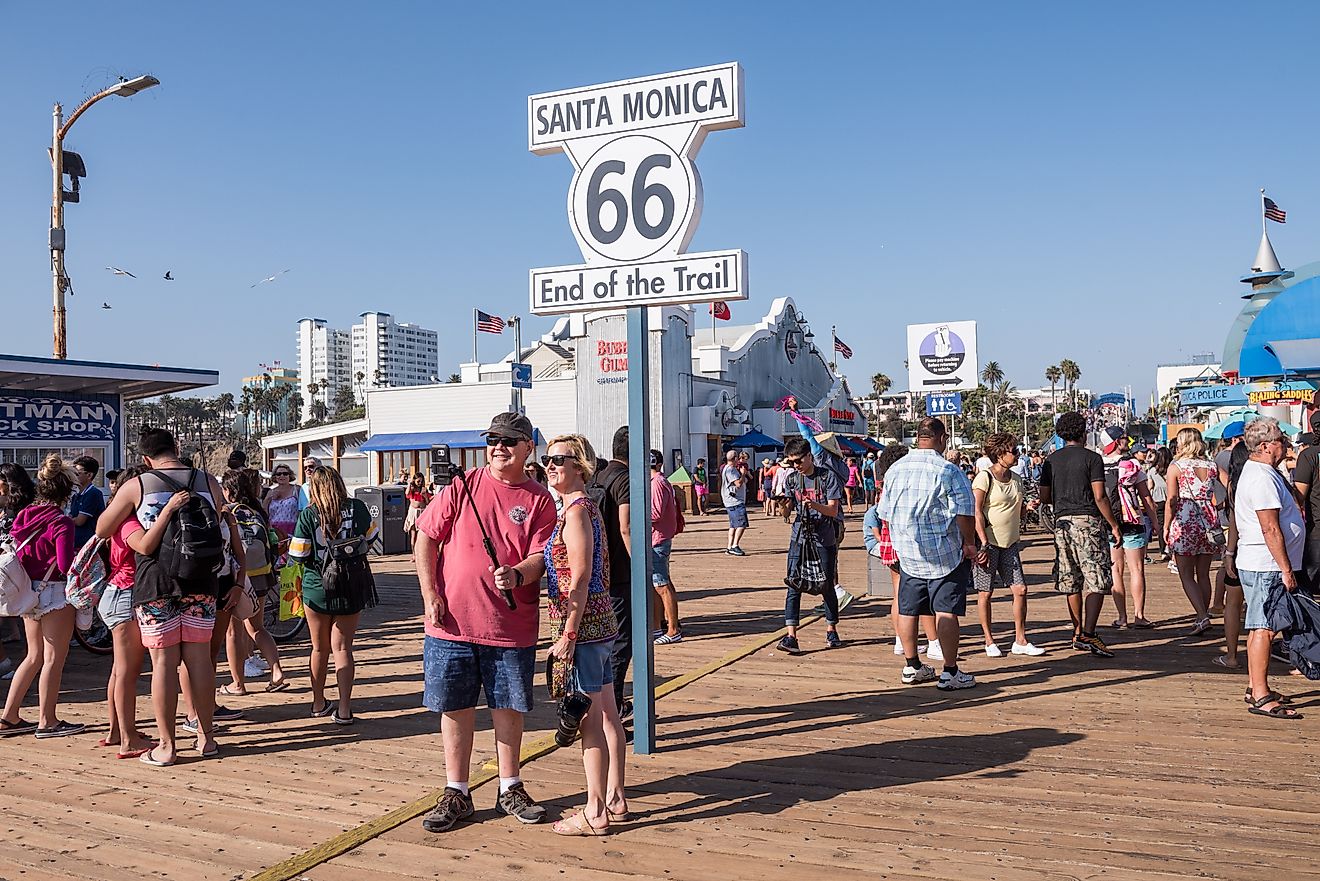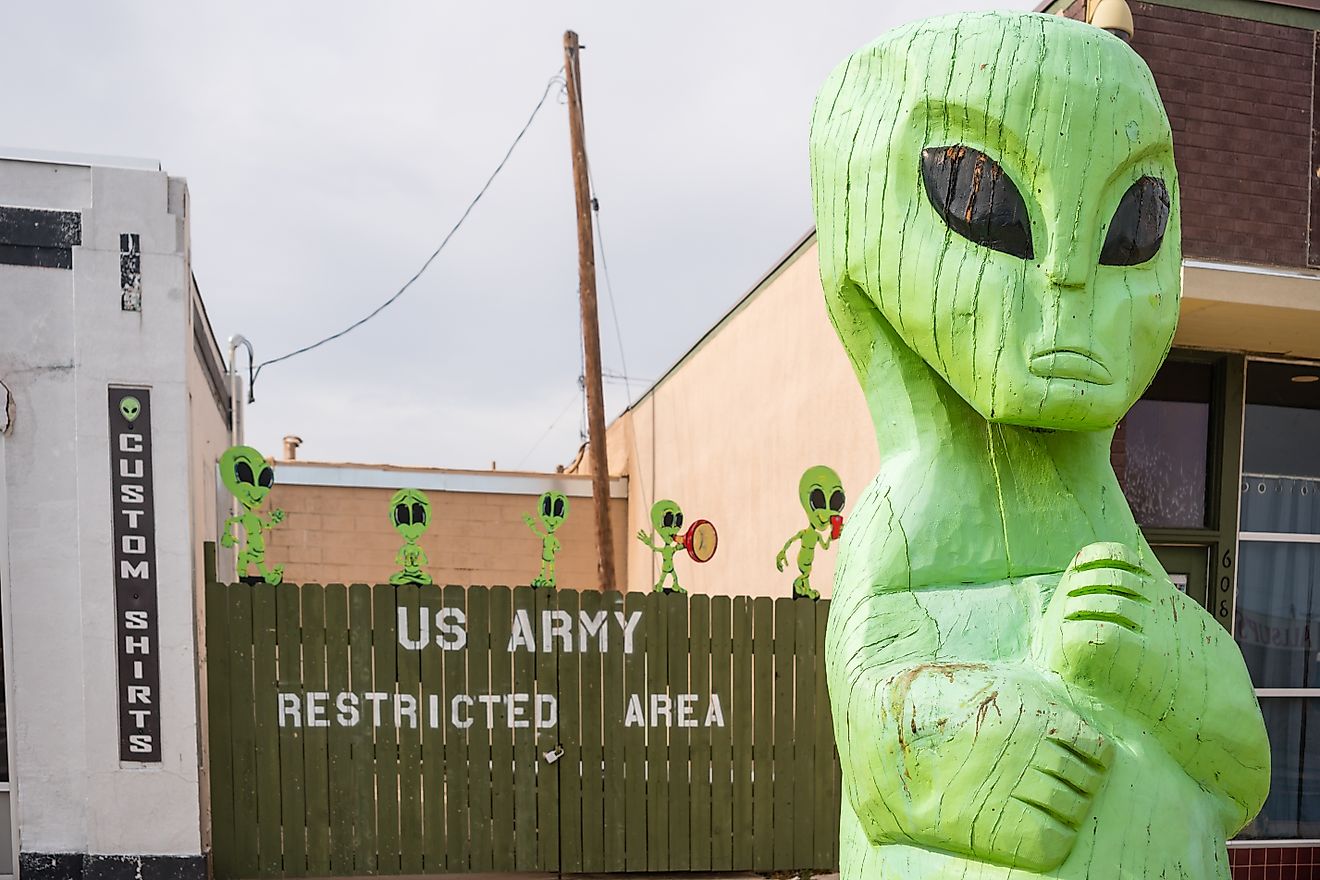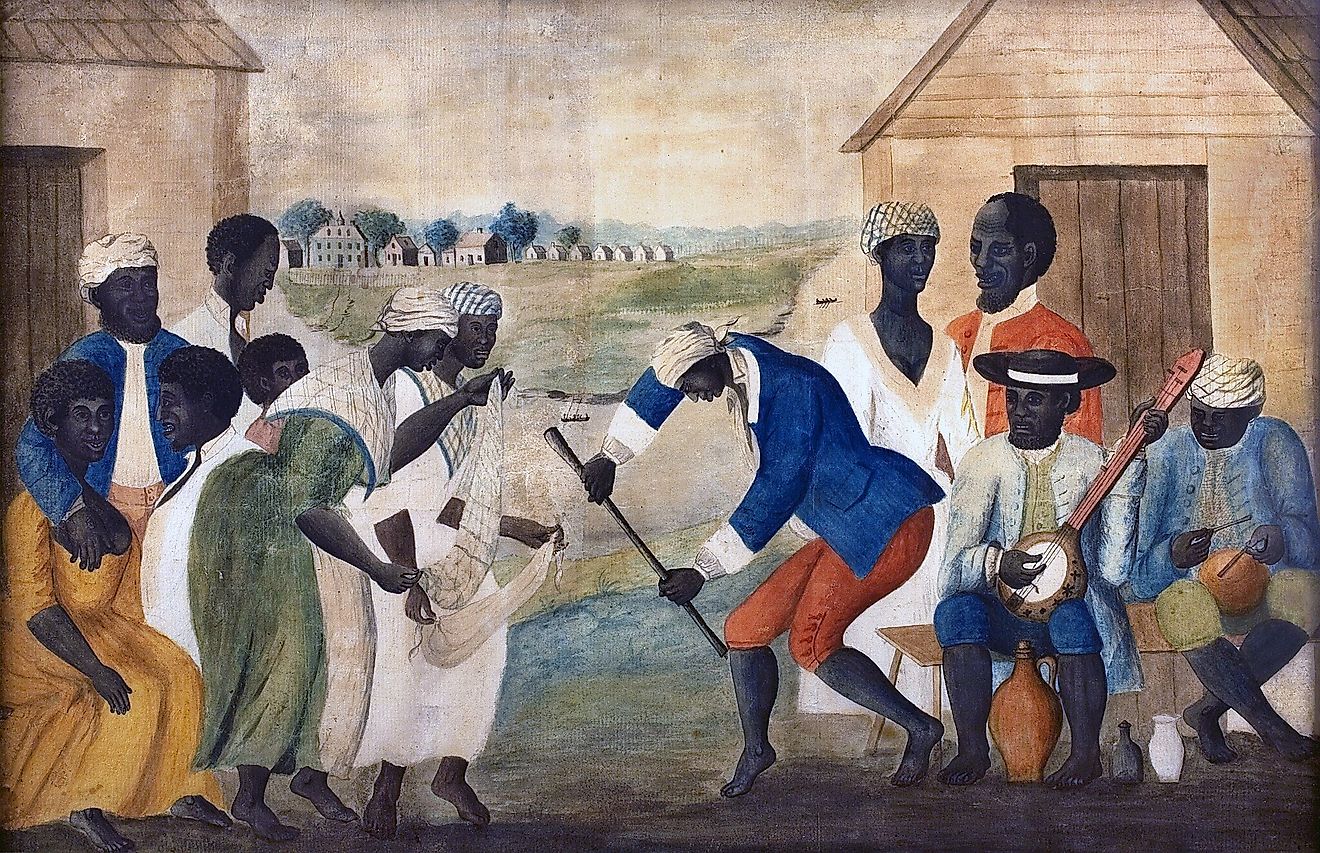Cherrapunji - Unique Places Around the World
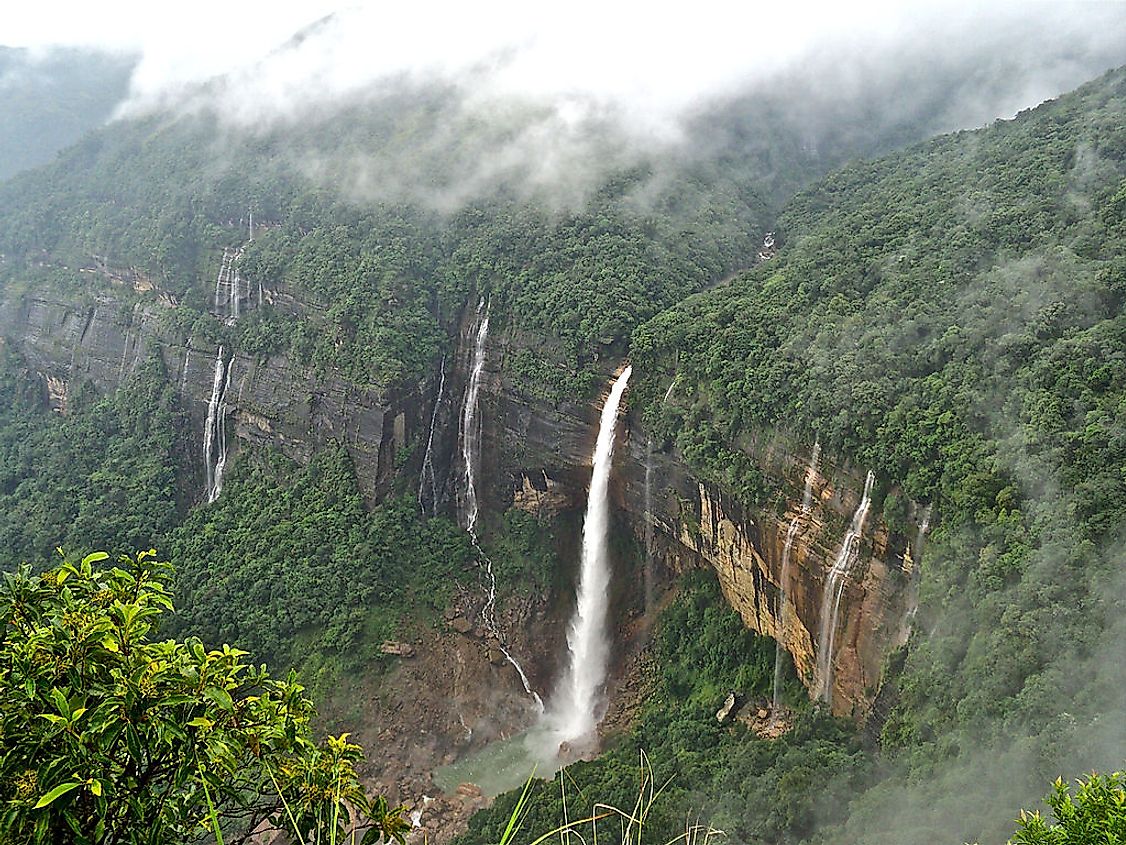
5. Description
Cherrapunji is a town situated in the razor-edged East Khasi Hills in the Indian state of Meghalaya (meaning "Land of the Clouds" in Sanskrit). It sits at a height of 4823 feet (1484 meters) above sea level. It is known as the wettest place on Earth. Though the nearby town of Mawsynram has currently taken on that distinction, Cherrapunjee still holds the world records for most rainfall in a calendar month and year. The town’s name means ‘Land of Oranges’, and tourists started calling it Cherrapunjee, though its historical name is Sohra. The latter has now been pronounced the official name.
Cherrapunjee, or Sohra, falls directly in the path of the Southwest Monsoon winds and the deep gorges that surround the town funnel up and concentrate the rain clouds over it. The clouds cool fast at higher altitudes, condense and deluge the town. The cooling process is accelerated by the southward flow of air from the north and north-east from the upper atmosphere of the Himalayas. Cherrapunjee or Sohra, has an eight-month long monsoon season between March and October. The average annual rainfall between 1973 and 2013 is 11,754.5 mm, though it rained 24,555.3 mm in 1974, the highest recorded rainfall in any one place in any year.
4. Tourism
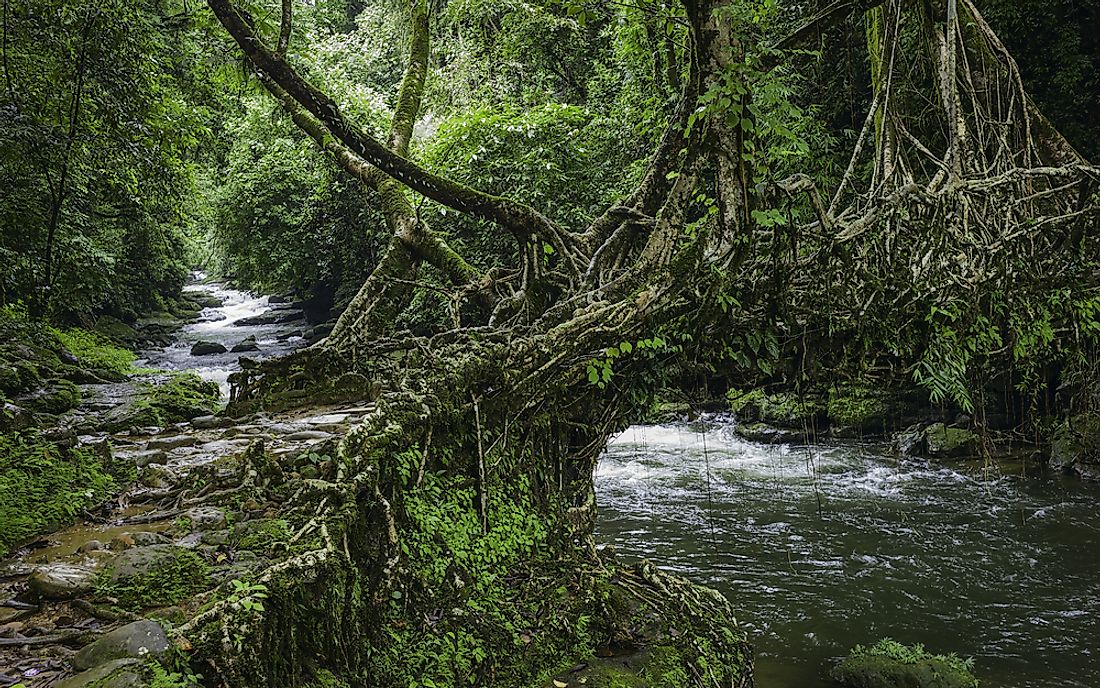
Its massive rainfall notwithstanding, Cherrapunjee is an immensely popular tourist attraction for Indians and foreigners alike. Its jagged mountains, deep gorges with meandering rivers and lush greenery constitute a spectacular landscape and are a treat for nature lovers. Waterfalls abound in the protracted monsoon months; Nohkalikai, the tallest plunge waterfall in India falls from a height of 1,115 feet. Visitors are up close and personal with the clouds climbing up the mountains and floating through the valleys. Apart from visiting the local tourist hotspots, tourists bathe under waterfalls and in the mountain springs. Other activities are river rafting, angling, bird-watching and camping.
There are various organized treks along various rock trails, many of whom feature geocache treasure hunts. Thousands of years of torrential downpour has created an amazing labyrinth of limestone caves in the region, which extend many kilometers into the mountainside, many passages of which have not been fully explored. Yet, even the safe sections can be incredibly adventurous with having to negotiate the breathtaking stalactite and stalagmites in poor light and having to limb down rope ladders. Adventure caving is a major tourist activity and attracts cavers from Europe, America, Australia and New Zealand.
3. Uniqueness
Meghalaya, especially Sohra or Cherrapunjee is also the only place in the world where people cross canyons and gorges on living root bridges. It is a feat of bioengineering devised by people of the native Khasi tribe who use these bridges on a daily basis. Rubber trees of the genus Ficus Elastica are native to Southeast Asia and grow along the raised banks of many rivers in Sohra and surrounding regions. Ficus Elastica trees have secondary roots higher up in the tree trunks, which extend down to the riverbed. The Khasi learnt how to intermingle and group these roots in massive clusters and literally grow them across the chasms. The Khasi hollow out the trunks of betel nut trees and place the cluster of roots in them, the trunks direct their growth across and prevent them from fanning out. The roots eventually reach the other side and naturally embed themselves in the soil or attach themselves to huge boulders.
It takes between 10 and 15 years for the roots to grow across and delve into the ground in order to develop sufficient strength. Most of the bridges have more than two base spans and the gaps between them are filled with stones, which get attached to the bases over time. The bridges, some of whom are more than 100 feet long, even have railings, which are similarly grown across. These natural bridges actually get stronger over time as the roots grow deeper. They last for centuries without any maintenance and carry over fifty people at a time. There are eleven root bridges in Cherrapunjee, out of which one has two decks. The breathing root bridges are the most popular tourist attraction of the region.
2. Habitat
The state of Meghalaya is located in a transit zone and is home to a variety of plants and animals. It has a mix of Indian animals like the elephant, rhino and buffalo, frogs, snakes and is home to an exotic range of native and migratory bird species. The botanical habitats of the forests are considered to be among the richest in Asia. The valleys in and around Sohra are blessed with a lush and varied vegetation cover, including homogenous plant species. Plantations in the region include grow nuts, pineapple, betel leaf, citrus, banana and black pepper, etc. Thangkharak Park, about 8 kilometers from Sohra is home to many rare orchids and other exotic flowers.
The region around Cherrapunjee is a haven for bird-watchers. It has varied elevation and the enormous variety of birds one finds depends on the altitude. Some of the birds are endemic to the region and not found anywhere else in India. Many of them fly in from North Myanmar and Southwestern China. Migratory birds from north of the Himalayas like Tibet, China or even Siberia spend time in Cherrapunjee on their way to Thailand. The area temporarily hosts about 150 species of birds.
1. Threats
A conservation study of the Cherrapunjee Plateau, published in June 2016, found that the vegetation in the area had degraded significantly due to a number of human activities. Increases in population have turned forests into plantations. Excessive irrigation is rapidly washing aay the topsoil. Many slopes that were forested for centuries are now grassland and many are just patches of forests preserved by the Khasi people for their socio-religious practices. Hence attempts are being made to formulate effective strategies for the conservation and management of the vegetation.
Despite the humungous amount of rainfall, Cherrapunjee faces acute water shortage. Inhabitants often have to trek for miles to get potable water. The difficult terrain makes it difficult to enhance water supply to the region. Bad roads are not only a hurdle for proper transportation but also impede the growth of tourism, which is an integral part of Sohra’s economy.

